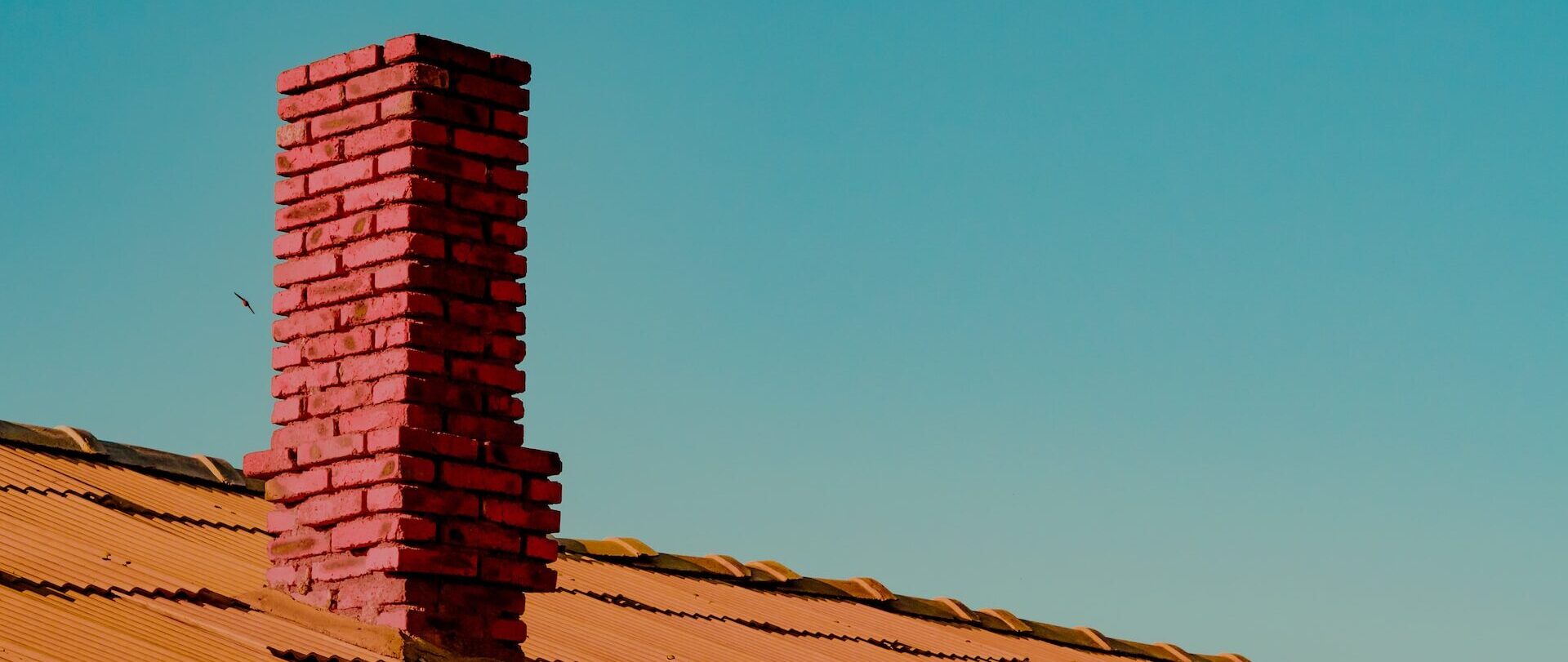
Installing a chimney requires careful planning and consideration to ensure optimal performance and safety. From determining the chimney size, understanding clearance requirements and type of installation, being well-informed is crucial. In All Country Construction we offer expert chimney installation, that we’ll explore together.
Factors we Consider Before Installing a Chimney:
- Chimney Size: Assess the size requirements based on the heating appliance’s specifications and the intended purpose of the chimney.
- Clearance from Walls: Maintain a minimum clearance of 12-18 inches between the chimney and adjacent walls to prevent grease accumulation and ensure proper ventilation. This is especially important in kitchen chimneys where access to natural light is desired.
- Duct Placement: Determine the optimal location for the chimney duct, considering functionality, aesthetics, and structural feasibility.
- Hole Drilling on the Wall: Plan for the necessary hole drilling on the wall to accommodate the chimney duct, ensuring a secure and properly sealed connection.
- Installation Charges: Understand the cost involved in chimney installation, including materials, labor, and any additional components required for specific installation types.
Benefits of Having a Chimney in the Kitchen:
- Fresh and Clean Kitchen: Installing a chimney in the kitchen prevents grease and cooking fumes from accumulating on walls and ceilings, keeping them clean and free from yellowish discoloration.
- Odor-Free Environment: By extracting cooking particles at the source, a chimney helps maintain an odor-free atmosphere throughout the house.
Recommended Stove Pipe Height Above the Roofline:
- Adhere to the 3-2-10 rule for chimney height above roofs. In general, the chimney, stove pipe, or heating exhaust vent should be at least 3 feet (1 meter) above the roofline or 2 feet (61 centimeters) above any structure within a 10-foot (3-meter) radius.
Type of Installation:
- Consider whether your installation is through-the-roof or through-the-wall. A through-the-wall installation requires additional components such as a Wall Thimble, Tee w/Cap, Tee Support, and Wall Straps. Whenever possible, we install the chimney pipe within the interior of the structure to maximize efficiency. A cold exterior chimney may result in less draft and increased creosote buildup. A straight vertical installation is generally more efficient.
Choose us:
Experience a fresh and clean environment with an expert chimney installation chimney installation by All Country Construction. Our team ensures proper planning and understanding before installing. Benefit from enhanced functionality and safety while enjoying our professional installation services. Contact us today for a consultation and transform your living place into a haven of freshness and convenience.

